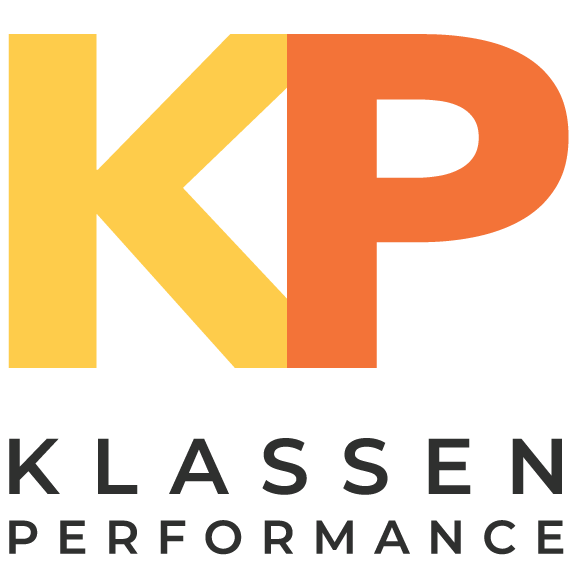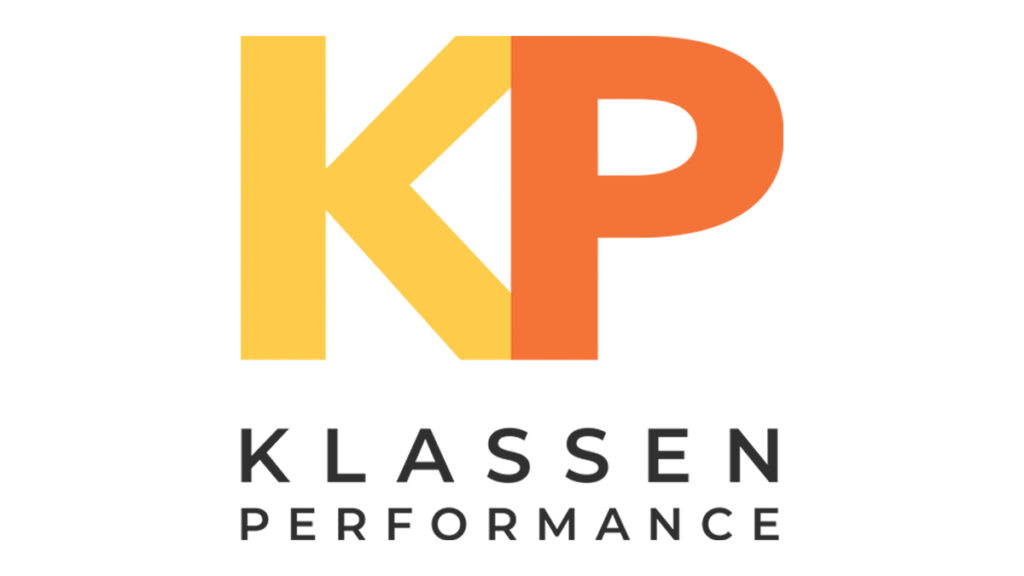
The meeting was tense. Leadership had just announced a major shift in strategy, but instead of engagement, they were met with silence and crossed arms. Questions started rolling in—Why is this happening? What does this mean for us? The team wasn’t just resisting change; they were resisting leadership.
Change is inevitable. Trust isn’t.
Every leader faces moments when they need their team to embrace something new. Maybe it’s a strategy shift, a restructuring, or new technology. But no matter how necessary the change is, resistance is almost guaranteed if trust isn’t there.
Without trust, people hesitate. They question motives. They drag their feet.
With trust, they lean in. They engage. They commit.
So how do you build trust when the stakes are high and change is non-negotiable? Science offers some clear answers.
Why Trust Breaks Down During Change
Trust isn’t just about character, it’s about predictability. Change disrupts the status quo, making people uncertain about the future, their roles, and their success. That uncertainty breeds doubt, which erodes trust.
A Harvard Business Review study found that in high-trust workplaces, employees report 74% less stress, 50% higher productivity, and 76% more engagement. This isn’t just about feeling good; trust has a direct impact on performance.
And yet, many leaders overlook trust-building as a leadership essential. Trust isn’t something that just happens, it’s something you build intentionally. The good news? It’s a skill, and like any skill, you can strengthen it with the right approach.
Leaders who build trust during change do three things:
- They acknowledge concerns instead of dismissing them.
- They prove they can navigate the change, not just enforce it.
- They consistently follow through on what they say.
How To Build Trust And Get Buy-In During Change
1. Acknowledge Uncertainty Instead Of Ignoring It
Uncertainty makes people uneasy. When leaders fail to acknowledge it, they unintentionally send the message that employees’ concerns don’t matter. This fuels anxiety, rumors, and resistance, making change harder than it needs to be. People don’t expect leaders to have all the answers, but they do expect honesty about what is known and unknown.
Build Trust: Be transparent. Acknowledge what’s unknown and communicate what is known. People don’t expect you to have all the answers; they just need confidence that you’ll keep them informed.
Example: When a company announced a merger, employees were left in the dark for weeks, fueling rumors and resistance. In contrast, another company in the same industry held weekly Q&A sessions, even when there were no major updates. The result? Higher engagement and lower turnover throughout the transition.
2. Make It Personal: Show You Get It
People don’t resist change. They resist loss, whether it’s of control, stability, or familiarity. Change feels different to everyone, and a leader who treats it as just another business decision risks losing credibility. Employees want to know that their concerns aren’t just acknowledged but truly understood. If they don’t feel heard, they won’t engage.
Build Trust: Listen before you explain. Instead of jumping into the benefits of change, ask:
- What concerns you most about this shift?
- What support would make this transition easier?
- What questions do you have that I haven’t answered?
When people feel heard, they’re more likely to engage.
3. Lead With Competence, Not Just Authority
Trust isn’t just about being likeable, it’s about proving you can lead through uncertainty. If people sense hesitation, disorganization, or a lack of direction, trust erodes fast. Leaders who inspire confidence don’t just issue orders; they demonstrate that they’ve thought through the process, anticipated challenges, and have a plan for navigating them.
Build Trust: Show you have a plan. Even if you don’t have all the answers, outline your decision-making process. Walk people through your reasoning. Confidence is contagious.
Example: A department was hesitant about shifting to a new project management system. Instead of just announcing the change, the leader shared a detailed rollout plan, explained why it was necessary, provided training sessions, and highlighted early adopters who could mentor others. As a result, adoption was faster and smoother than expected.
4. Create Small Wins To Build Momentum
Big changes feel overwhelming, and when people can’t see progress, they disengage. If the change feels too big or too far away, they may doubt that success is even possible. Without visible progress, resistance grows, and motivation fades.
Build Trust: Break change into small, visible milestones. Show early progress, celebrate quick wins, and let people experience success along the way.
5. Be Consistent: Trust Is Built In The Follow-Through
People don’t trust words; they trust actions. A leader who makes promises but doesn’t follow through will lose credibility fast. Even small inconsistencies—like saying feedback matters but never acting on it—chip away at trust. Over time, employees stop listening and assume leadership isn’t serious about their commitments.
Build Trust: If you say you’ll provide updates, do it. If you say feedback matters, act on it. Trust isn’t built in big moments—it’s built in the small, repeated actions over time.
The Bottom Line: Trust Is A Leadership Essential
If people don’t trust you, they won’t follow you—especially during change.
Acknowledge uncertainty, make change personal, demonstrate competence, create small wins, and stay consistent. When trust is strong, resistance fades and buy-in happens.
Trust isn’t a bonus. It’s the foundation of leadership, especially in times of change. The best leaders don’t leave trust to chance. They build it intentionally, one action at a time.







